The Golden Spectrum: Understanding colourful variations in gold
When picturing gold jewellery, the classic yellow tone is usually what comes to mind, since that is how it appears in nature. Therefore, discovering that gold jewellery can boast an array of colours, ranging from white to green and black, could sound suspicious. However, the reality is that pure gold is way too soft to be used for jewellery on its own.

Crafting pieces that are durable and suitable for everyday wear entails blending gold with other metals. The familiar yellow-toned gold we all envision is also attained through the addition of silver and copper. So, the presumption that coloured gold implies lower purity is often a misconception.
What defines the purest gold?
The purity of gold is marked by karats (abbreviated as ‘K’), with standard measurements varying from 9K to 24K. This variation depends on the proportion of gold content and alloys:
9K Gold (European Mark: 375): Comprising 37.5% gold and 62.5% other metals, 9k gold stands as a solid choice for entry-level jewellery. Its lower gold content allows the copper colour to shine through, often resulting in a distinctive reddish tone.
10K Gold (European Mark: 417): With 41.7% gold and 58.3% other metals, 10K gold demonstrates a pleasing colour palette while maintaining strength and durability.
14K Gold (European Mark: 585): A composition of 58.5% gold and 41.5% other metals, 14k gold strikes a balance between quality and durability, presenting a favourable compromise between price and actual quality.
18K Gold (European Mark: 750): Delivering 75% gold and 25% other metals, 18K gold is a top-tier option for those seeking both strength and purity in their jewellery. However, it's important to note that the yellow colour is more pronounced in 18k gold, resulting in an orange-red tint for 18k rose gold.
24K Gold (European Mark: 999): Consisting of 99.9% gold, pure gold is typically reserved for coins, bars, and non-wearable items. It serves as an investment or is employed in medical devices - not suitable for everyday wearable jewellery.
How to choose the right gold purity?
As mentioned earlier, pure gold is notably soft and prone to damage. For everyday wear, especially for rings and bracelets that get exposed to frequent friction, it is advisable to opt for lower karats, preferably in the range of 10-14K. Earrings and necklaces, encountering fewer chances of impact with hard surfaces, can be comfortably chosen in the 14-18K range. Reserved for special occasions, jewellery in the 18-24K range is best worn sparingly and with care to maintain their condition.
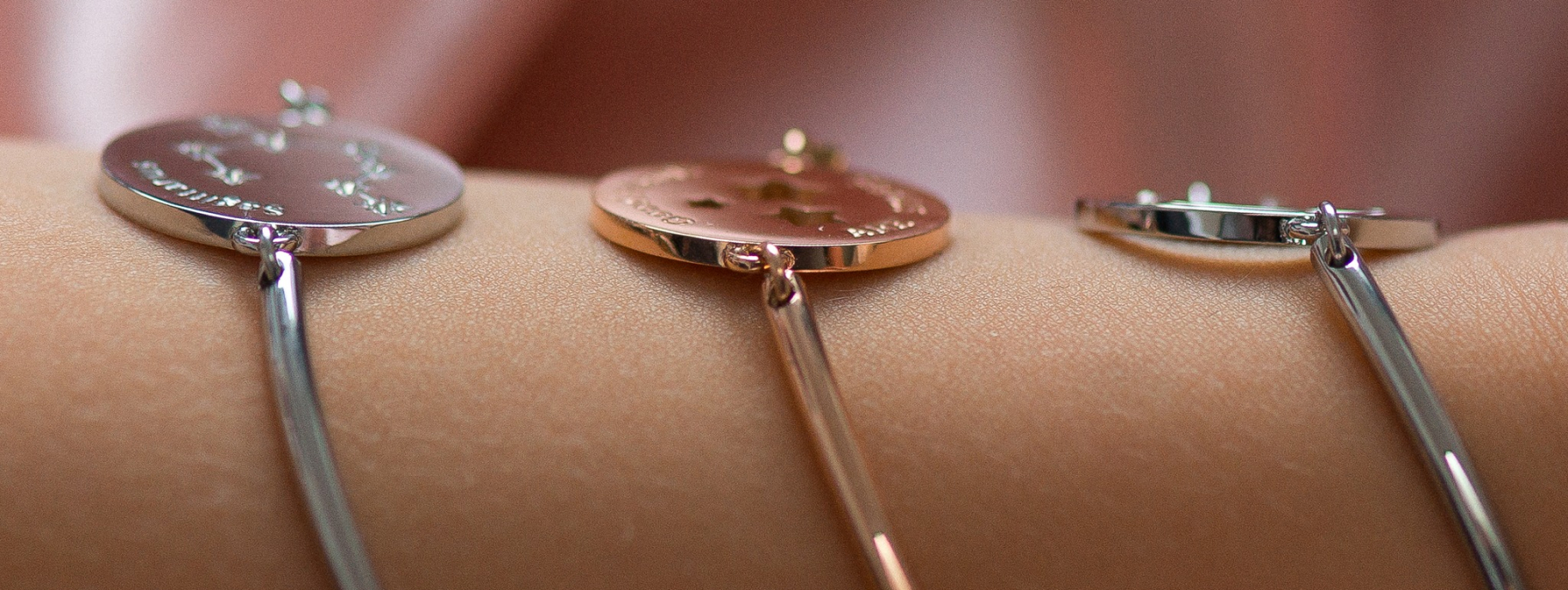
A Glimpse into Gold Alloys Throughout History
Throughout history, different colours of gold have cycled in and out of fashion. The usage of green gold has been recorded already in 860 BC in Ancient Egypt, Akkadian Empire, and Persia. At the time, it was known as electrum - a naturally occurring alloy of silver and gold.
The roots of rose gold, however, can be traced back to 19th-century Russia, where Carl Fabergé used it for his embellished eggs. Subsequently, during the early 20th century, rose gold was predominantly used by women of high social standing for their exquisite jewellery and engagement rings. Its widespread adoption in mainstream jewellery occurred in the early 2010s, due to its gentle tint and inherent vintage-inspired ambiance.
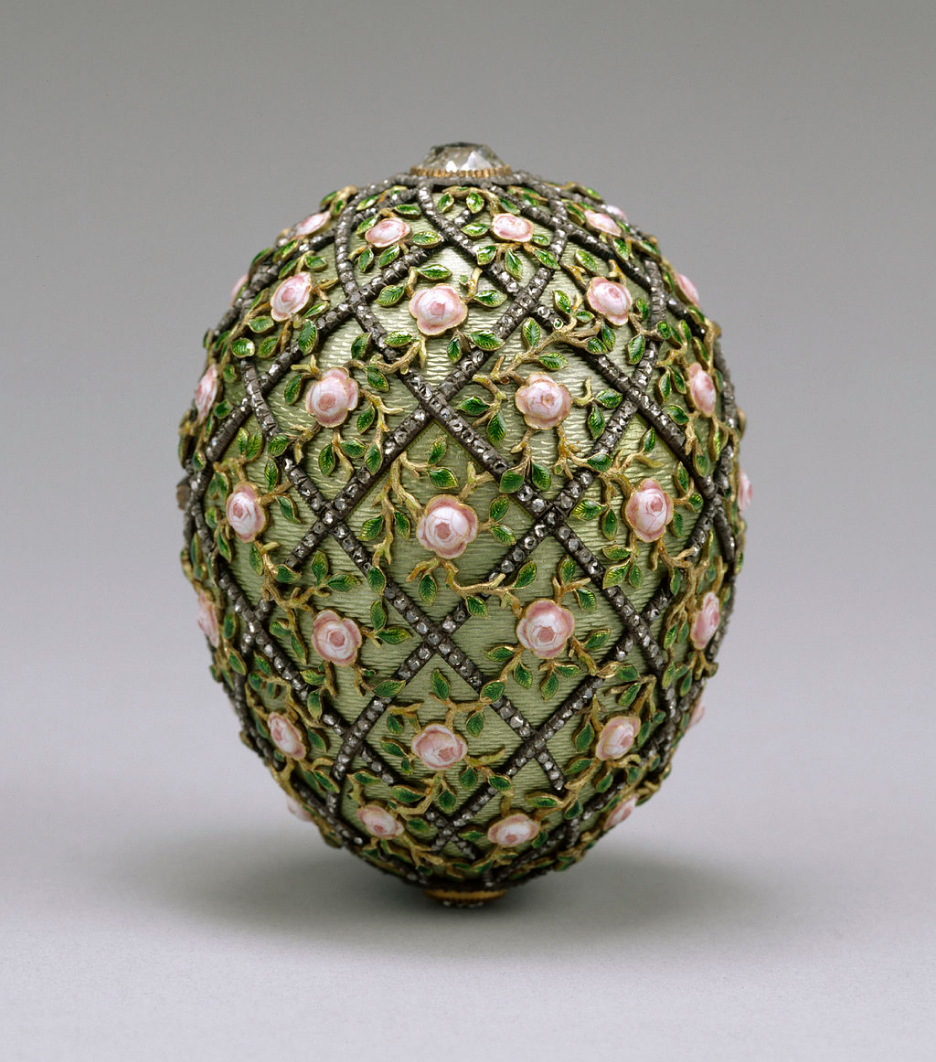
As for white gold, it emerged in the late 1800s, but it was not until 1912 in Pforzheim, Germany, that it started being sold commercially. Pforzheim is historically known as a leading jewellery and watchmaking town in Southwest Germany. By the 1920s, white gold had gained popularity as a more affordable and accessible alternative to platinum.
How many types of gold are there?
White gold
White gold, distinguished by its radiant appearance, is achieved by blending pure gold with various white metals such as silver, nickel, palladium, or platinum. To achieve its white hue, gold rings are often dipped in rhodium, not only providing a chrome-like finish and getting rid of the off-white tones but also serving as a protective layer against scratches. To preserve the white lustre, a periodic “re-dipping” process is recommended every few years - a practical upkeep to make the jewellery more durable and sustainable. White gold is a versatile and sophisticated choice that can vary in terms of karats and affordability.
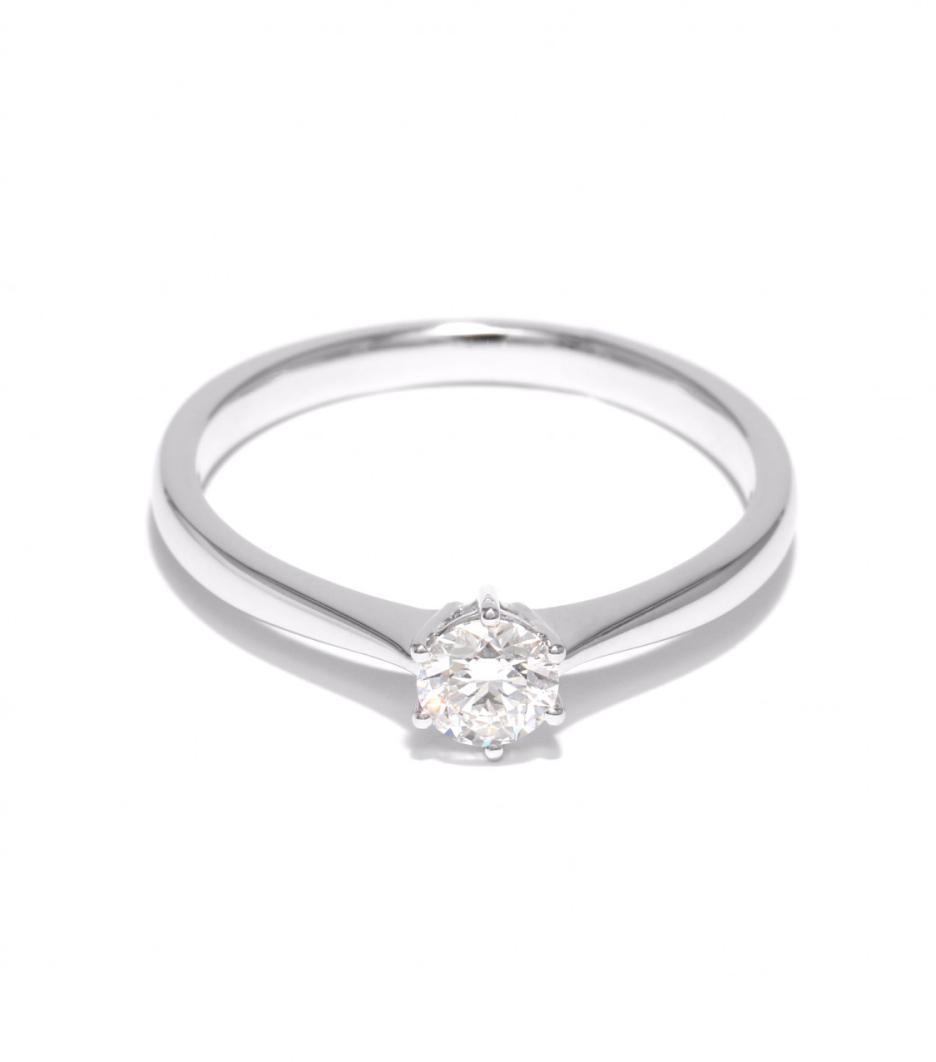
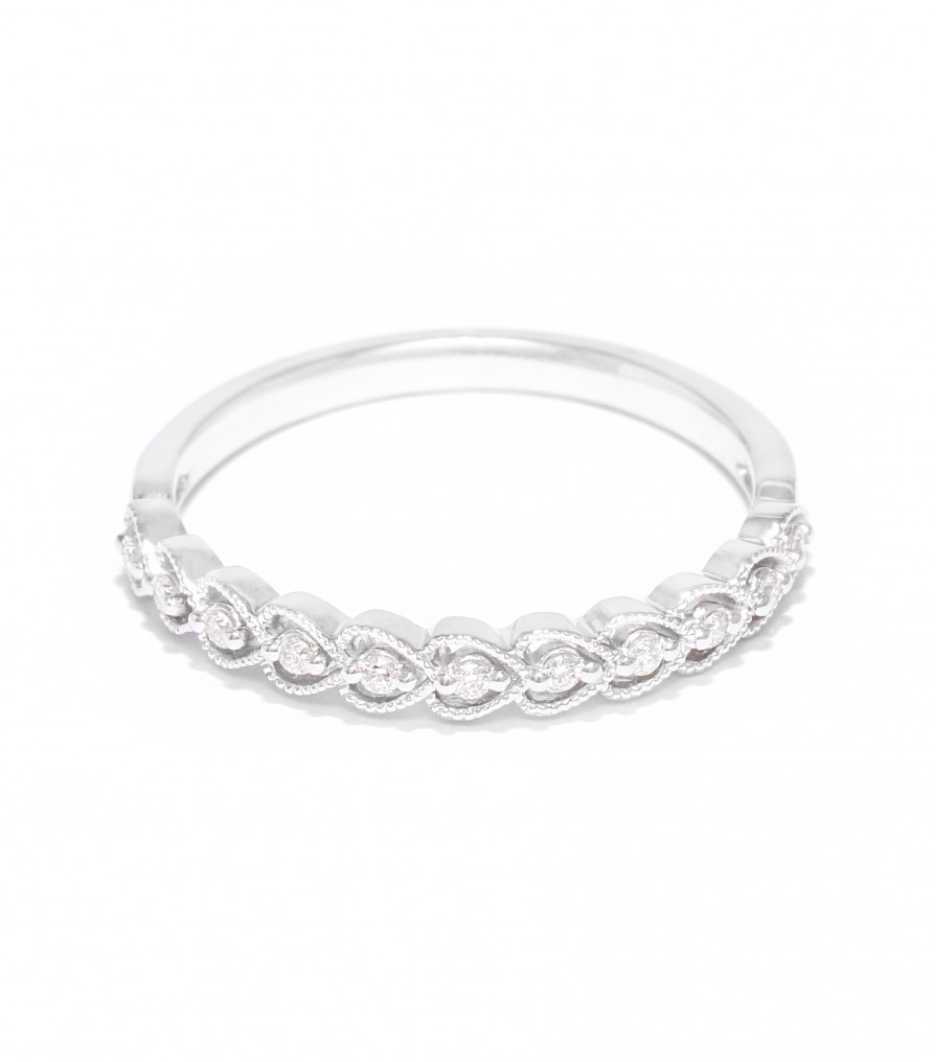
Yellow gold
The colour of yellow gold is achieved by blending pure gold with silver and copper, preserving its original colour and increasing durability. This hue is the most commonly chosen among gold shades. Not only does it stand out as the most hypoallergenic option, but it also requires the least maintenance among all gold colours. Moreover, yellow gold contrasts and compliments diamonds beautifully and is traditionally acknowledged as a classy choice.
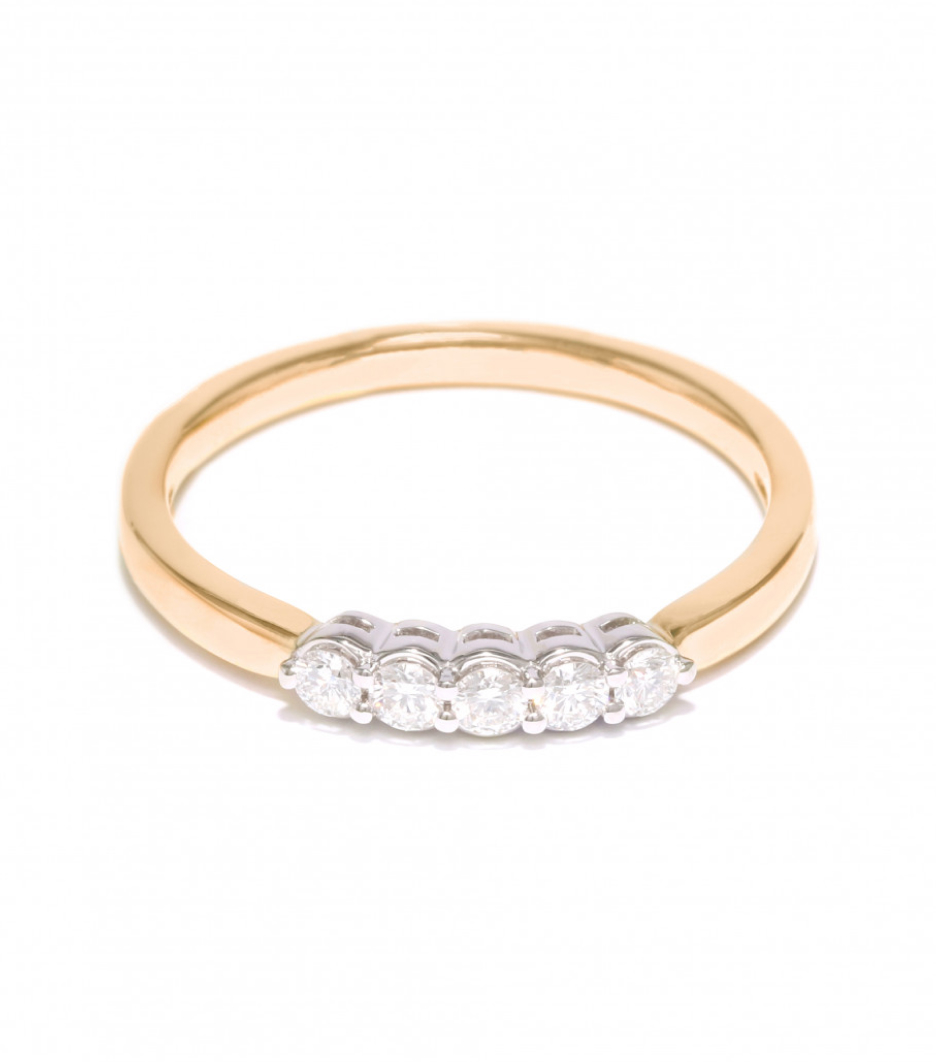
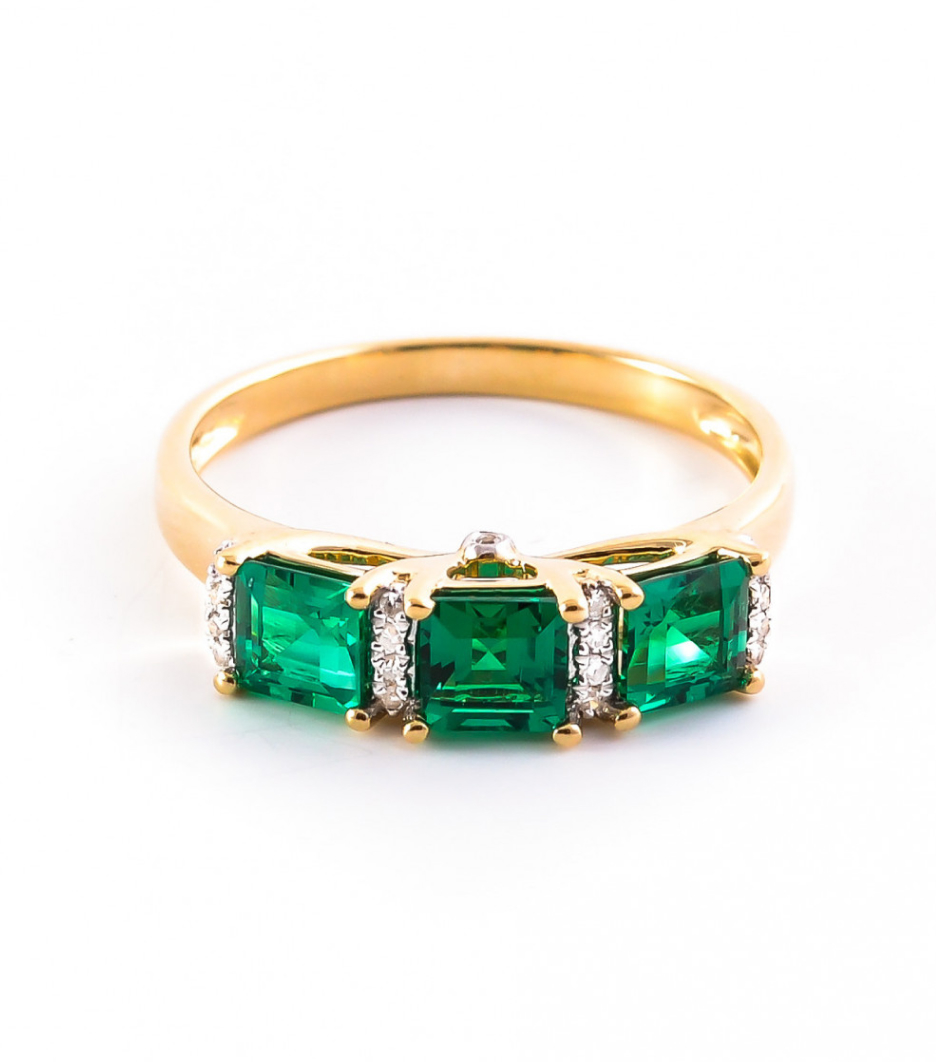
Rose gold
The addition of copper into yellow gold is the key factor responsible for the pinkish hues in rose gold, and the intensity of the pink varies based on the amount of copper added. The rosy tint does not imply a decrease in purity, rather it just signifies a lower silver content. The usage of the inexpensive copper as the base does, however, make it a more affordable option compared to other shades of gold. Rose gold jewellery typically varies from 18K to 12K. Opting for rose gold is perfect for a more romantic and feminine look, which is also timeless. Despite its charm, rose gold is not hypoallergenic, which is especially important to note when considering it as a gift. Rose gold pairs exceptionally well with turquoise and light yellow gemstones.

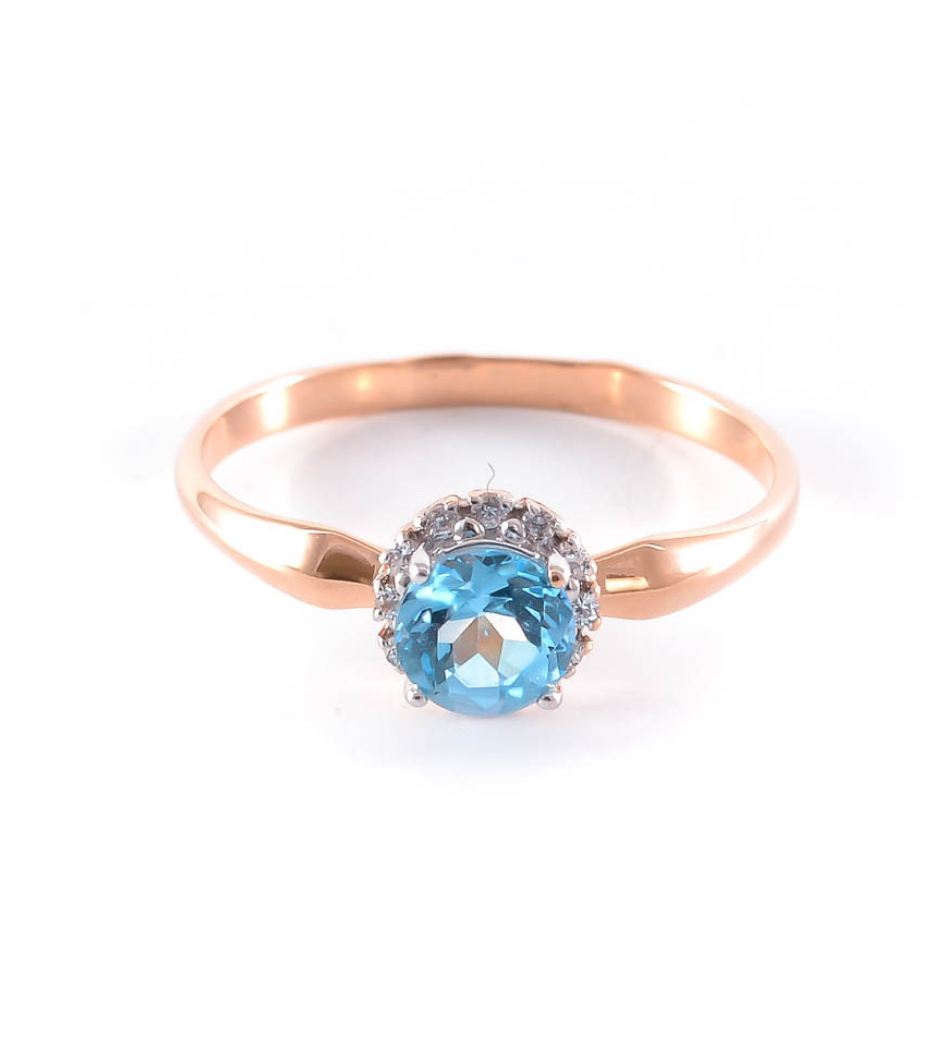
Purple gold
Purple gold, a relatively recent addition to the spectrum of gold alloys, was created in 2000 and is composed of 80% pure gold and 20% other metal components - aluminium being a common choice. Purple gold has a more brittle composition than other gold alloys, which is why it is typically not used independently in jewellery, instead, it is often encrusted or combined with traditional gold alloys to enhance the aesthetic appeal and structural integrity.
Red gold
Formed through the addition of copper, red gold showcases a warm hue, most frequently used in vintage and antique jewellery designs. Similar to rose gold, but a more affordable option.
Green gold
Also one of the more rare colours of gold, compared to traditional yellow or rose gold, green gold is occasionally used in jewellery for its unique and distinctive appearance. It is created by mixing pure gold, copper, silver and zinc and the specific proportions of the alloy components determine the shade of green as well as determine its durability.
Blue gold
Yet another exotic gold colour emerges, often realised through an alloy of gold and gallium or indium. Alternatively, gold combined with iron and nickel, when heated to oxidise the iron, results in this unique and distinctive hue.
Grey gold
Grey is also a lesser-known gold alloy distinguished by its unique tint. It is commonly composed of gold and palladium, although can alternatively be created by combining silver, manganese and copper in specific ratios.
Black gold
Black gold does not refer to a natural form of gold but rather to a type of gold alloy that has a dark appearance. This is achieved by treating or plating white or yellow gold with black rhodium or another dark coating, which also provides a protective layer. This also requires maintenance, as the black coating can wear off over time.

So, which colour of gold is the best?
While white, yellow, and rose gold have undeniably captured the spotlight in modern times, declaring a singular "best" colour of gold is impossible due to such a broad amount of options available. The ideal gold hue depends on various factors like the occasion, budget, personal style and skin tone. Furthermore, mixing various gold colours has become a trendy practice in contemporary fashion. So trust your instincts and value quality - be confident that a choice made from the heart is always a good one. And remember, at Jahonts stores, our experts are here to assist you in choosing the finest gold pieces, perfect for both everyday wear and special events.